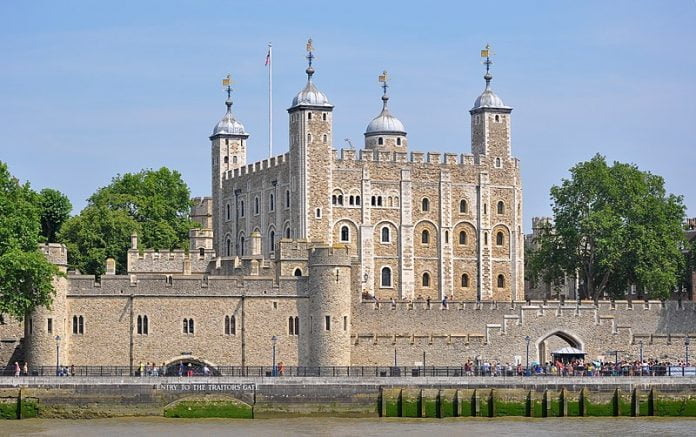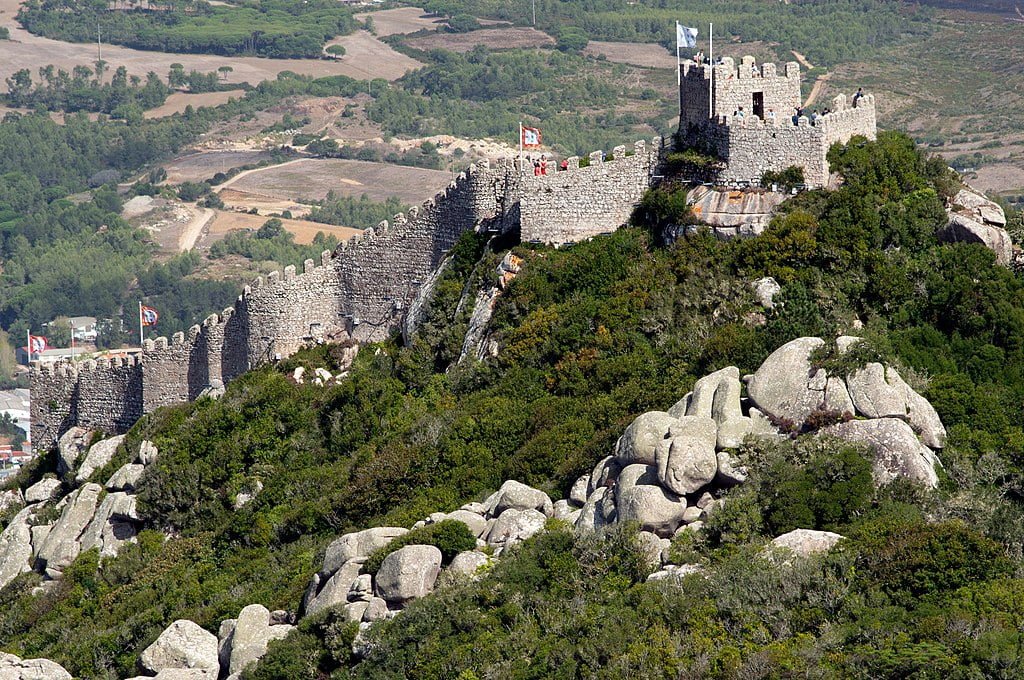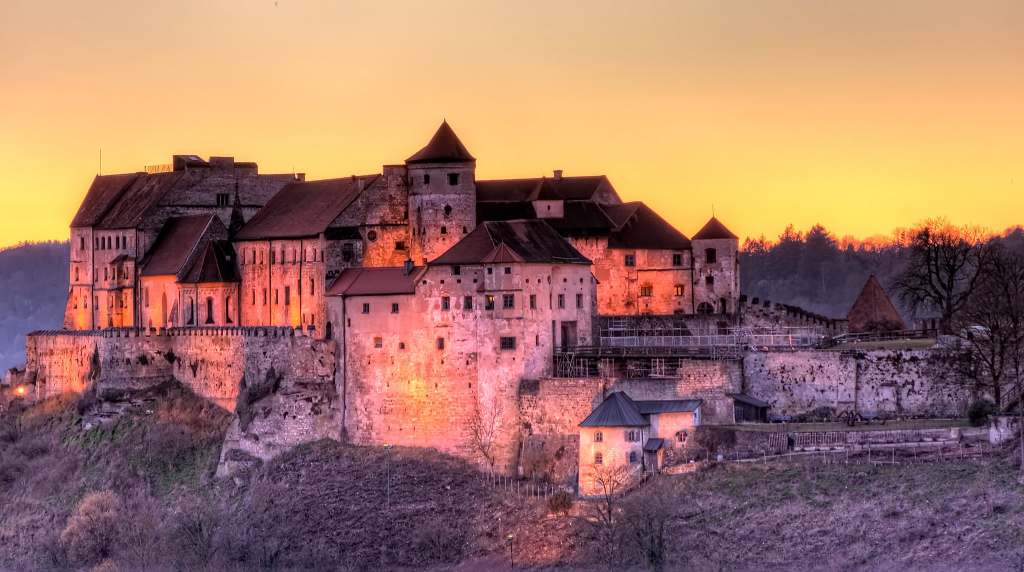Standing on the staircase into the White Tower (the Tower of London: the central keep), the panorama to your left catches the history of London from Roman to modern in one view. Off to your left, at the base of the stairs, remnants of the town walls of Roman Londinium are just visible with their trademark red brick stripes. The White Tower itself is Norman-built, surrounded by Plantagenet & Tudor-era curtain walls, a gatehouse, and towers to your right that held notable characters like the Princes in the Tower and Lady Jane Grey. Beyond the Tudor buildings, off to your left, the 19th-century Tower Bridge crosses the Thames. Straight in front of you across the Thames, a building referred to–by more polite viewers–as The Onion served as Greater London’s City Hall from 2002 to 2021.
The Tower of London played an essential part in the developing history of this city all the way along, let’s explore it a bit.
Table of Contents
An architectural folly in Malta was built in imitation of the Tower of London, it’s called Zammitello Palace.
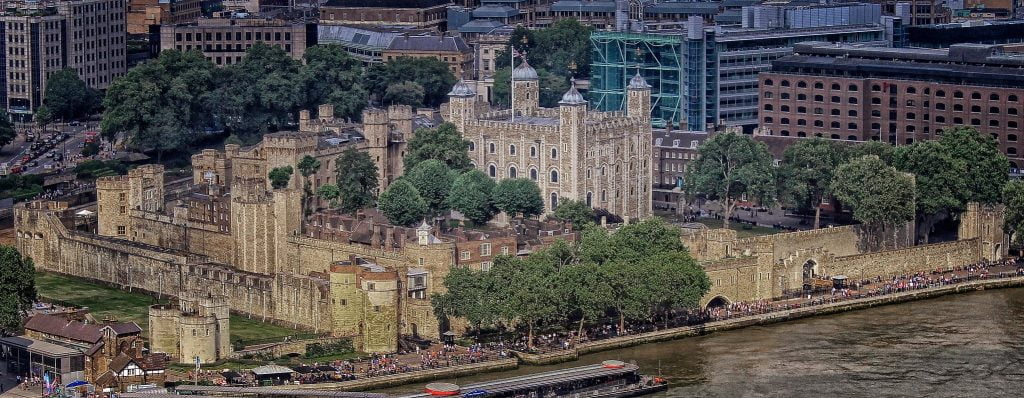
Frequently Asked Questions
Where is The Tower of London Located?
The Tower of London is located just off the eastern edge of the official City of London that encompasses a square-mile area in downtown modern-day London.
When was The Tower of London Built? Who Build It?
William the Conquer built the White Tower during the Norman Conquest. Richard I, Henry III, and Edward I made 12th and 13th-century expansions.
When is The Best Time to Visit The Tower of London?
You will be in and out of buildings during your visit, so June or October will afford you good weather and yet lighter crowds.
What Other Monuments are Located Nearby?
While there are innumerable monuments to visit within London, a few within sight and a short walk from the Tower of London include Tower Bridge, City Hall, and The Shard–where the viewing deck offers amazing views of the London cityscape.
FOR HISTORY | BEAUTIFUL IMAGES | INTERESTING FACTS | TRAVEL TIPS
Early History
The White Tower was built as the major Norman castle in London, as a locally resented display of Norman power. The Tower of London would have a political position as the symbol of royal rights for centuries to come. William the Conqueror established it just inside the eastern edge of the Roman town walls of Londinium. The White Tower served to protect the port areas of the River Thames, at the furthest edge of buildable land. (Today’s ports are further east in areas that were in-filled around the time of the Industrial Revolution.)
The architecture was classically Norman: three stories tall with an entrance above ground level. The tower was built of Kentish rag-stone with minimal windows. Four fireplaces were placed throughout the tower but there were no flues or chimneys built to account for the smoke. The Norman tower would have been very dingy and dark. In the 18th century, the windows were expanded and the exterior was refaced with Portland stone–so the Tower we see today does not totally reflect its origin, although the entrance remains above Tower Hill’s ground level. The first iteration of curtain walls was built within the same century as the White Tower itself, these would eventually become the innermost ward as the Tower Hill space was expanded.
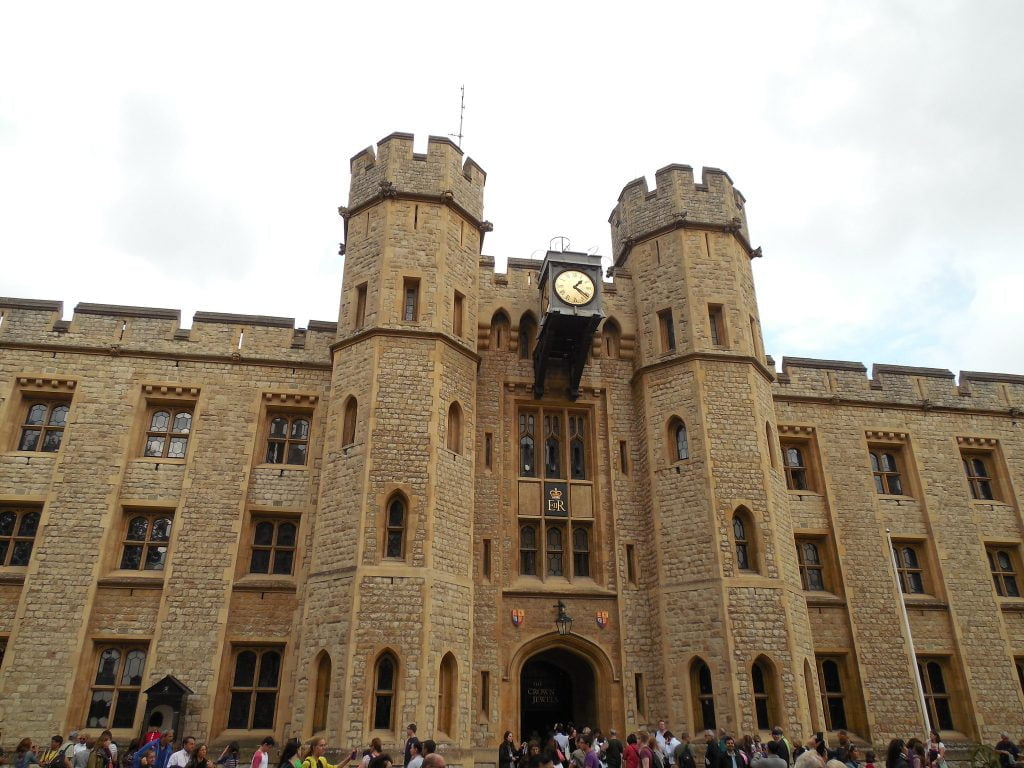
Architectural Expansions
Expansions during the thirteenth and fourteenth centuries saw new palaces built within the grounds, curtains walls expanded multiple times, and thirteen new towers built around the perimeter. The main gatehouse moved several times within this period. A moat was dug and then filled in less than 50 years later to build a new palace. The castle was expanded onto land previously submerged under the River Thames, this was when the water-gate that became known as Traitor’s Gate was added. It was also during this time that the original Norman tower began to be whitewashed constantly, earning it the name White Tower.
Dark and Grim Prison
The Tower of London has a reputation as a dismal prison, notable for torture and executions … but it actually wasn’t as bad as 16th-century religious propagandists and 19th-century romantic writers made it out to be. The White Tower was only used as a consistent residence for the first century of its existence and was used as a prison early on. Bishop Randulf Flambard was the first known prisoner, held at the Tower of London by 1100. It wasn’t harsh imprisonment though, he was allowed servants and the wherewithal to throw banquets–possibly not a good thing, considering he made his escape from the tower during one such event.
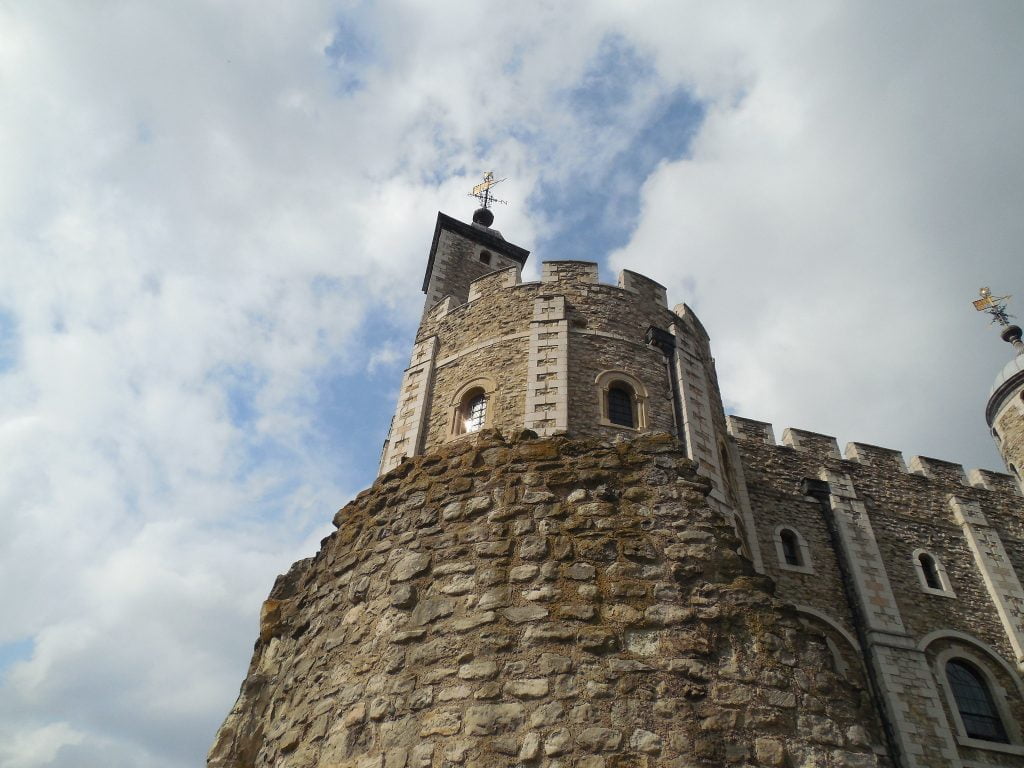
While prisoners were held at the Tower nearly continuously from then on, the peak time that the Tower functioned as a prison was between 1540 and 1640, roughly the Tudor era. Some exact numbers: during this time, there are 48 recorded uses of torture within the castle. In a four-hundred-year span, only 112 people were taken from the Tower to be executed on Tower Hill. Prior to the 20th century, only seven people had been executed on Tower Green itself. For a tower that served as the nexus of English royal power from the Norman Invasion until Charles II’s coronation in 1661, those numbers aren’t too terrible. (Charles II was the last king to make the traditional procession from the Tower to Westminster for his coronation.)
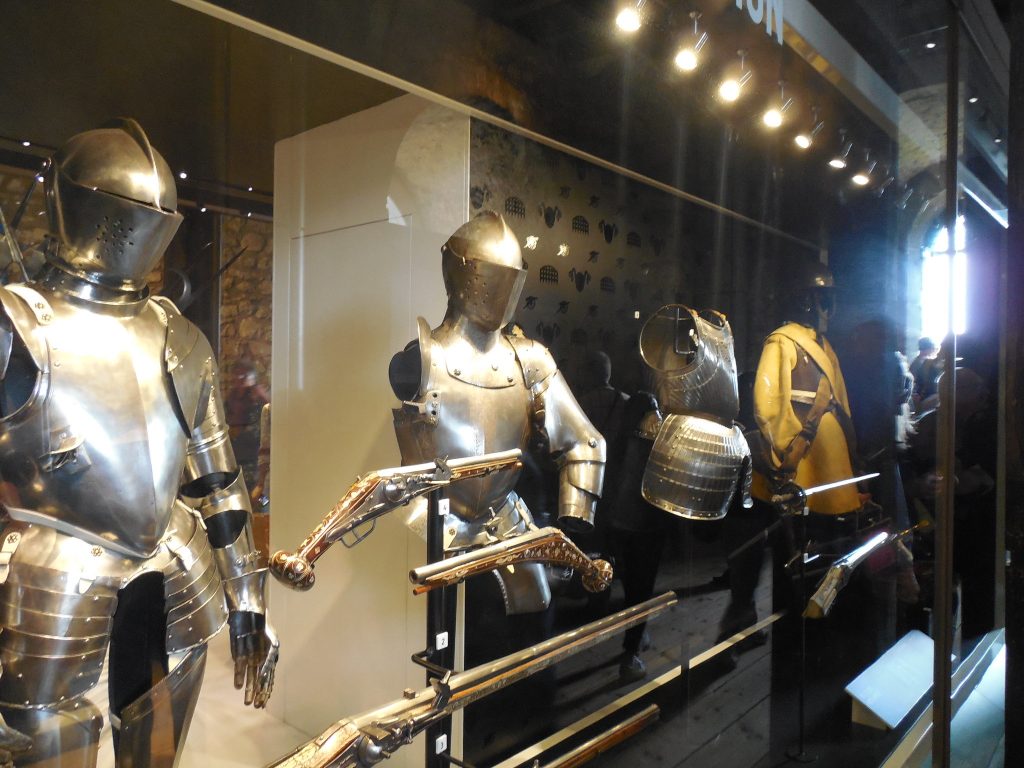
Plantagenet & Tudor Ghosts
The Tower of London figures prominently in Tudor-era history, and indeed, this is the time period of six out of seven Tower Green executions. The first was just barely outside, ordered by Richard III, the last ruler of the Plantagenet dynasty. While that is the only official execution at the Tower during his reign, the disappearance of Richard’s nephews, the “Princes in the Tower”, remains a mystery still.
Richard III died on Bosworth Field not long after he became king. Henry VII defeated him and became king, marking the start of the Tudor era. Richard left behind a niece, Margaret Pole, who would become the last Plantagenet house member alive during Henry VIII’s reign. She would eventually be charged with treason on likely trumped-up charges, held in the Tower for two and a half years, and then executed on Tower Green in 1541.
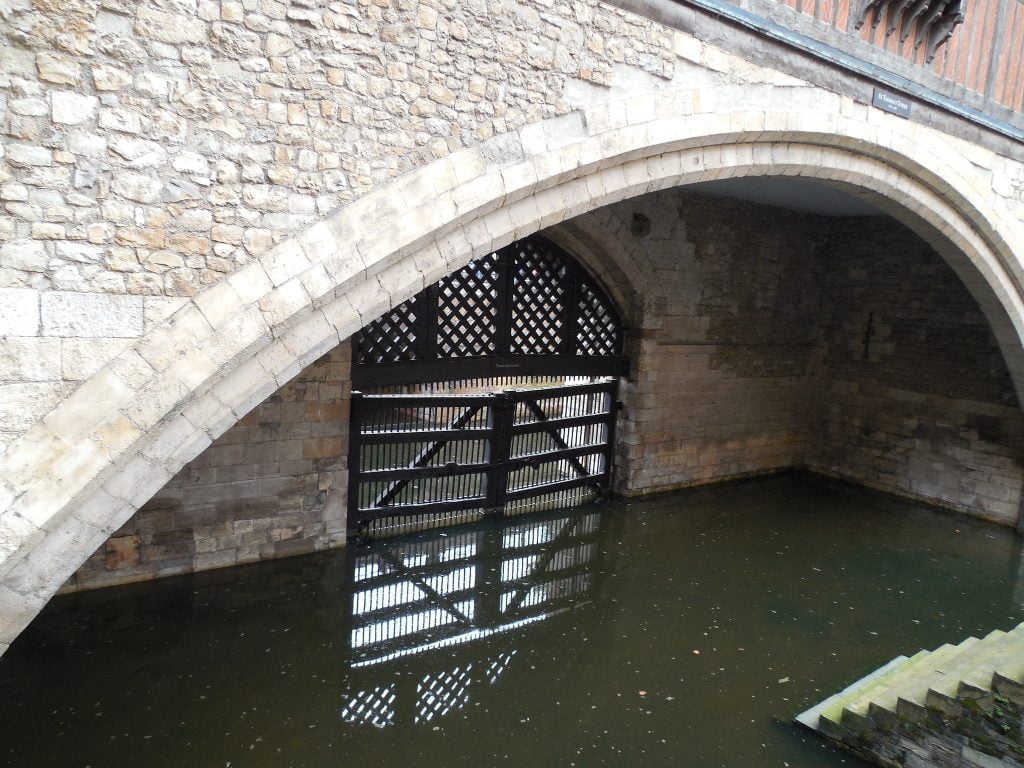
Margaret had, however, outlived Henry VIII’s second wife Anne Boleyn who had been executed on Tower Green five years prior. Henry’s fifth wife, Catherine Howard, was executed the year after Margaret. Jane Boleyn, sister-in-law of the late Anne Boleyn and a household member for all of Henry’s wives thus far, was executed the same day as Howard–marking the end of Henry VIII’s Tower executions.
The final two at Tower Green were Lady Jane Grey, “The Nine Days’ Queen”, during Queen Mary’s reign, and Robert Devereux, a traitorous favorite of Queen Elizabeth I. The Princes in the Tower, Anne Boleyn, Margaret Pole, Lady Jane Grey, and a random bear have all been reported to haunt the Tower in the centuries since.
Revisit More Historic Places Below or Read Further
Current Times
The Tower of London has been a popular tourist attraction since the 19th century. A purpose-built ticket office was first built in 1851. A restoration project was initiated by Prince Albert to return the Tower of London to its medieval glory.
The Tower survived World War I impeccably, with the solitary bomb dropped on it landing harmlessly in the moat. However, during the Blitz of WWII, the Tower sustained damage to several buildings, only narrowly avoiding damage to the White Tower itself. WWII also marked the last time the castle grounds were used as a state prison (Rudolf Hess, Adolf Hitler’s deputy) and for executions (German spy Josef Jakobs). The castle was renovated again after the war and reopened to the public.
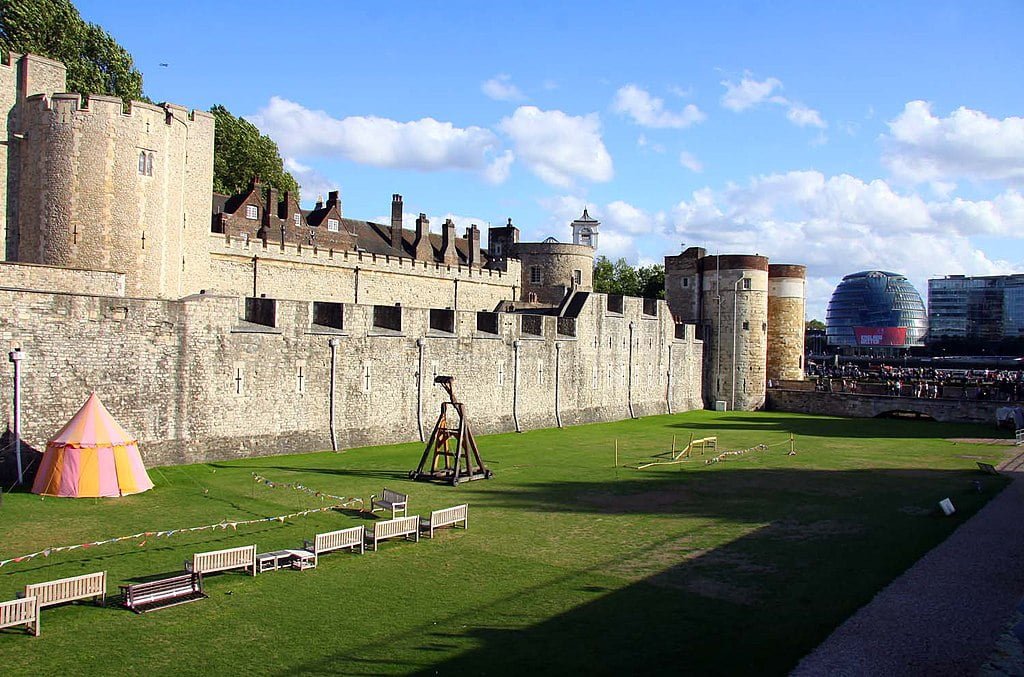
In 2014, to mark the centenary of the outbreak of World War I, an art installation of 888,246 ceramic red poppies was installed in the (now filled-in) moat of the Tower. Each poppy represented a British or Colonial serviceman lost during the war. A similar installation, this time featuring 10,000 torches, was lit up at night in November 2018 to mark the centenary of the end of World War I.
Today, the menagerie and Royal Jewels still draw crowds. The inside of the White Tower has been turned into an armory museum, with displays ranging from pikes and guns to armor plating for Henry VIII’s horse. Two suites of armor believed to be the largest and smallest made during the Tudor era are just positioned next to each other. A Spanish gift of amazingly detailed gilt armor stands nearby. Outside, visitors watch to catch sight of one of the Tower’s six resident ravens.
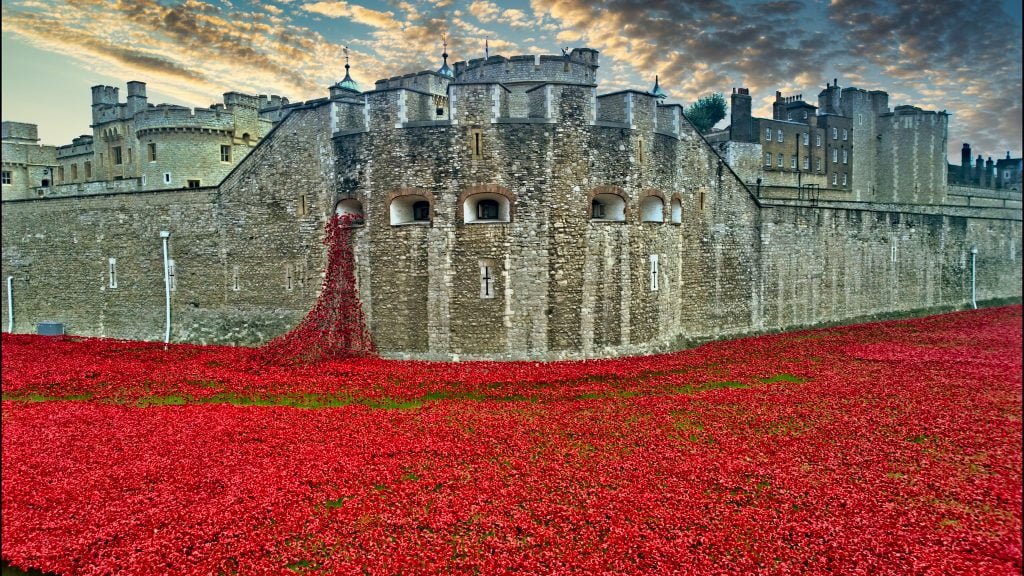
Interesting Tower of London Facts
- Although generally disproved nowadays, it was believed in the 1800s that Caesar himself was responsible for laying the foundation of what became the Tower of London.
- The famous Yeoman Warders began as the Royal Bodyguards in at least 1509, but by the 17th century, they were largely prison guards.
- There has been a particular Yeoman Warder titled the Ravenmaster since at least the 1960s, they are responsible for caring for the ravens of the Tower. It is believed that if the ravens leave the Tower, the Kingdom will fall.
- The Crown Jewels have been kept at the Tower of London since Henry III’s reign in 1216-1272. The collection was destroyed and melted down during the English Civil War; the only surviving items older than that are a 12th-century spoon and three swords, everything else is newer or replicas based on drawings from Charles I’s reign.
- The Royal Menagerie is believed to have begun with King John (1166-1216)–there are surviving records of payments to lion keepers.
- An architectural folly in Malta was built in imitation of the Tower of London, it’s called Zammitello Palace.
Visiting Tower of London – Tips and Tricks
The Tower of London encompasses the duration of London’s history, both with its architecture and views and with the museum displays throughout the grounds. If you want a crash course in London history, this is definitely where to go. To that end, here are some of the more nitty-gritty details to help your visit go smoothly.
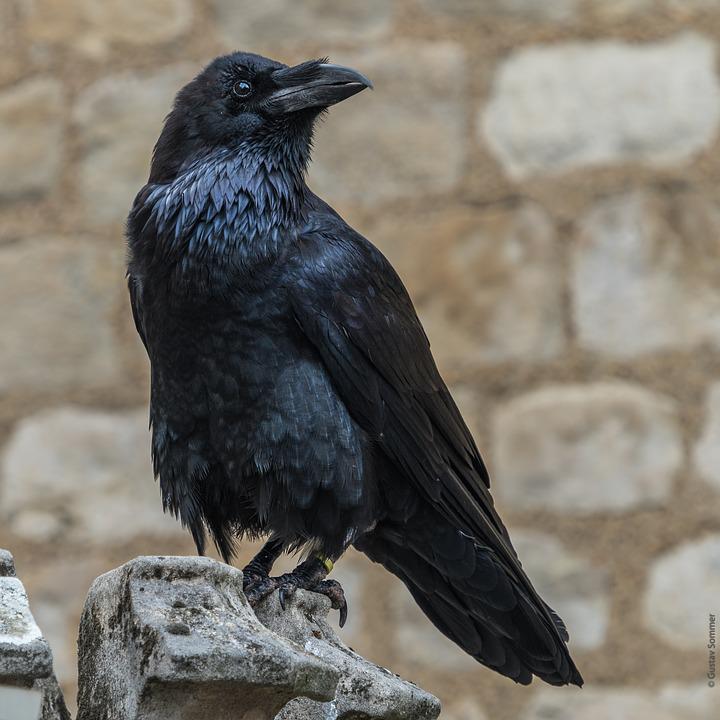
How to get to the Tower of London?
If you are just arriving in London at Heathrow International Airport, making the Tower of London your first stop is easy. A train leaves Heathrow every 15 minutes, headed for Paddington Station. From there, transfer to the Circle Tube line and get off at Tower Hill station. The trip will take about 53 minutes for £6-36 ($9-44 USD). Alternatively, a Line N9 bus from Heathrow Central Bus Station to Charing Cross followed by a 15, N15, or N551 bus to Tower Hill will get you there in just over an hour and a half for £4 ($5 USD).
Ticket Prices, Visiting Hours & Travel Tips
Information was checked & updated on November 1, 2023.
The Tower of London is open from 01 November – 23 December 2023 currently. The opening times on Mondays and Sundays are 10:00 am – 4:30 pm, and Tuesday to Saturday are 09:00 am -4:30 pm. The last entry is 2:30 p.m.
The ticket price for adult visitors is £33.60 ($41 USD), for children ages 5-15 the cost is £16.80 ($21 USD), for Senior 65+, Students and disabled the ticket is £26.80 ($33 USD). Groups of 15 or more costs £27.60 ($34 USD).
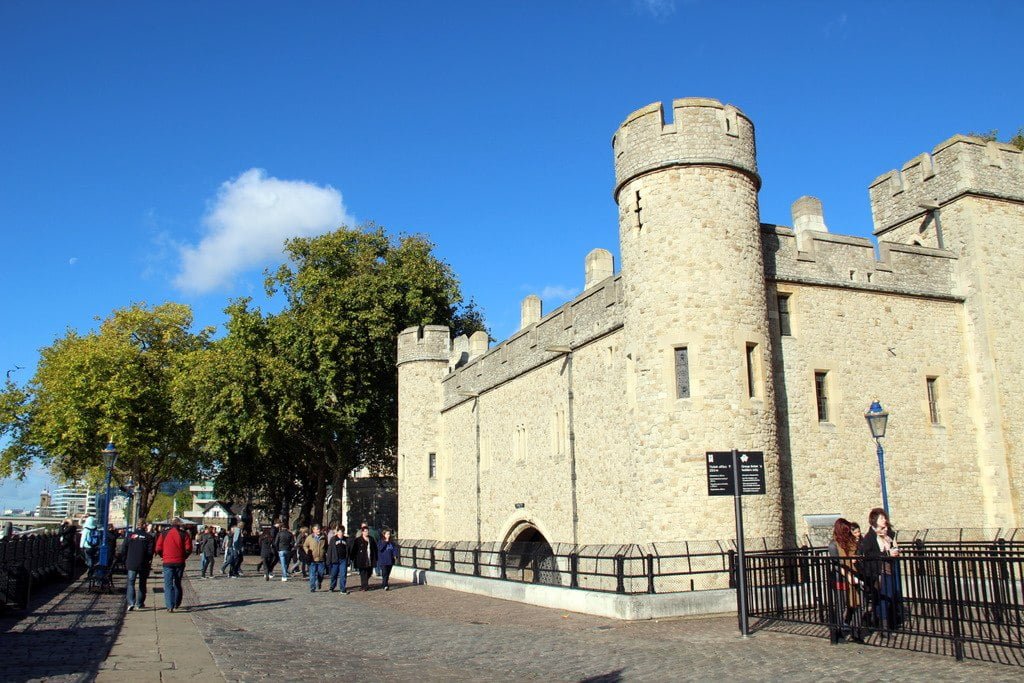
How Long Will It Take to Tour Around?
Plan at least 2-3 hours to visit all the different museums and displays inside the Tower of London.
Up to Date Information
For up-to-date ticket prices and visiting hours visit the official website: https://www.hrp.org.uk/tower-of-london/
Some words of advice and tips:
- The wait to see the Crown Jewels is often long, so don’t leave it to the last minute if they’re on your to-see list!
- The Warders are quite firm about closing time, they will walk behind you while jingling their keys if you are inside past closing time. From personal experience, I don’t advise it!
- Some interior areas were built when humans were overall shorter–watch your head, especially on spiral staircases…

